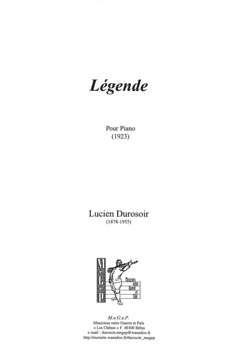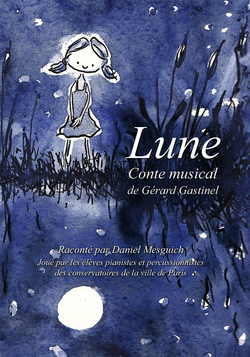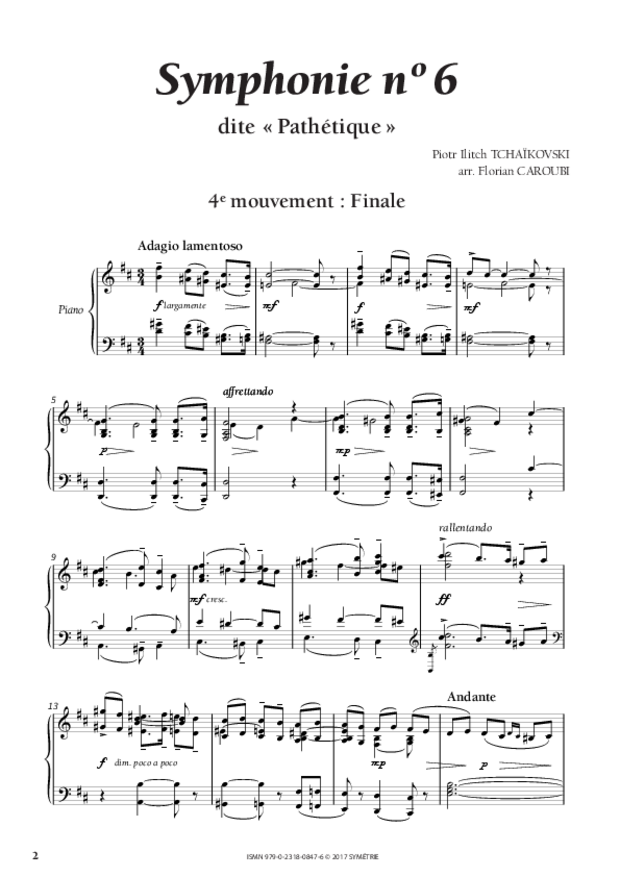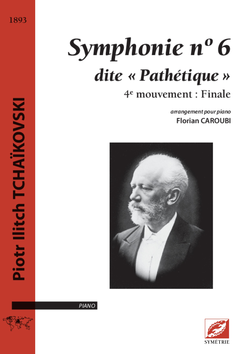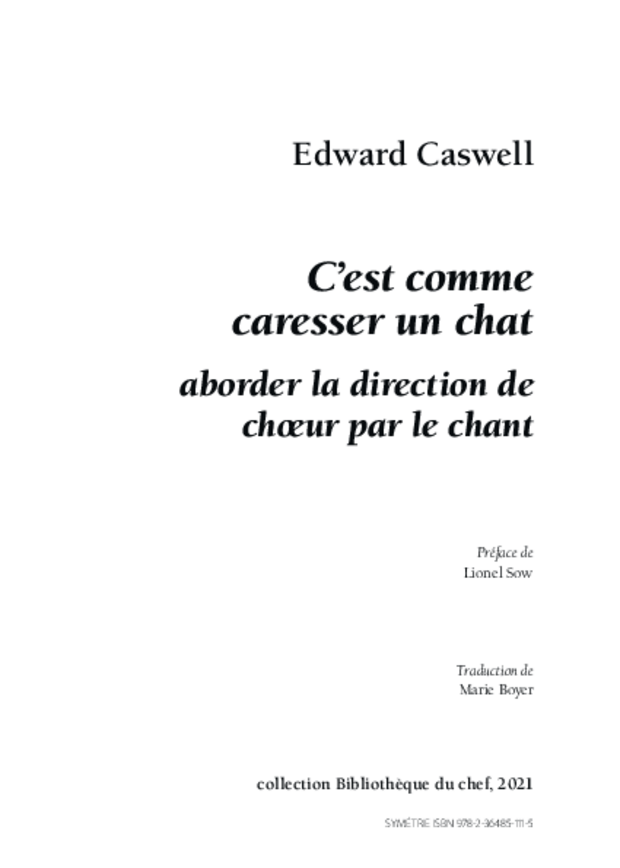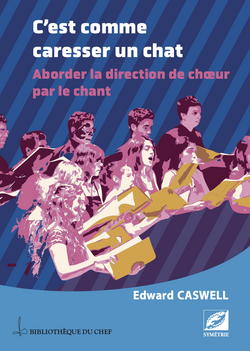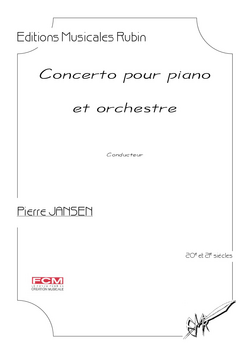Brigitte Bouthinon-Dumas, a renowned pianist and teacher, shares her experience on how to improve one’s piano playing. After the first volume (Mémoire d’empreintes, vol. 1 : l’enseignement du piano) which already addressed the issues of instrumental failure and how to overcome it, her thinking has become even clearer and more precise. She seeks to give each person the means to find individual freedom of musical expression in his or her gesture, to soften and renew his or her relationship to the instrument.
To do this, the author successively considers the physical, mental and musical elements that determine free and comfortable playing. She also draws on recent knowledge of how the brain works.
She concludes with examples taken from the repertoire for which she gives working keys.
This book, modest in appearance and dense in content, will delight not only pianists, but also all instrumentalists, whether amateurs or professionals in training, who will find in it many ways to push their limits.
Some pages have the tone of the obvious: the author simply returns to the basics of the musician’s attitude – listening, knowledge of the musical text, attention to the fine bodily sensation and above all, unification of the hands in a coherent whole. Yet, her approach is rare and original in the piano world.
The short sentences and brief chapters make this a valuable book of advice that will be consulted often.
See also volume 1 : l’enseignement du piano":/fr/titres/memoire-d-empreintes-volume-1
Table of contents
- Introduction || 1 ||
- Écoute consciente de la main gauche || 3 ||
- Le cerveau || 7 ||
- Qu’est-ce que dissocier les deux mains ? || 9 ||
- Stabilité du doigt : sensation tactile, détente || 13 ||
- Crispation, crampes || 19 ||
- L’œil et l’oreille || 23 ||
- Qu’est-ce qu’anticiper ? || 27 ||
- Le moteur rythmique || 29 ||
- Respirations ou silences ? || 33 ||
- Les sons : une palette sonore || 35 ||
- Concentration et axe intérieur || 39 ||
- La pédale : l’oreille et le pied || 43 ||
- Le geste juste : une perfection mentale || 47 ||
- Le trac et ses origines || 51 ||
- Qu’est-ce que la mémoire pianistique ? || 55 ||
- Qu’est-ce que la technique ? || 57 ||
- Comment travailler gammes et arpèges ? || 65 ||
- Quand faut-il travailler mains séparées ? || 67 ||
- Quelques propos sur l’interprétation || 71 ||
- Désintoxication d’un texte || 75 ||
- Pédagogie || 79 ||
- Quelques exemples pratiques à travers 12 extraits || 83 ||

